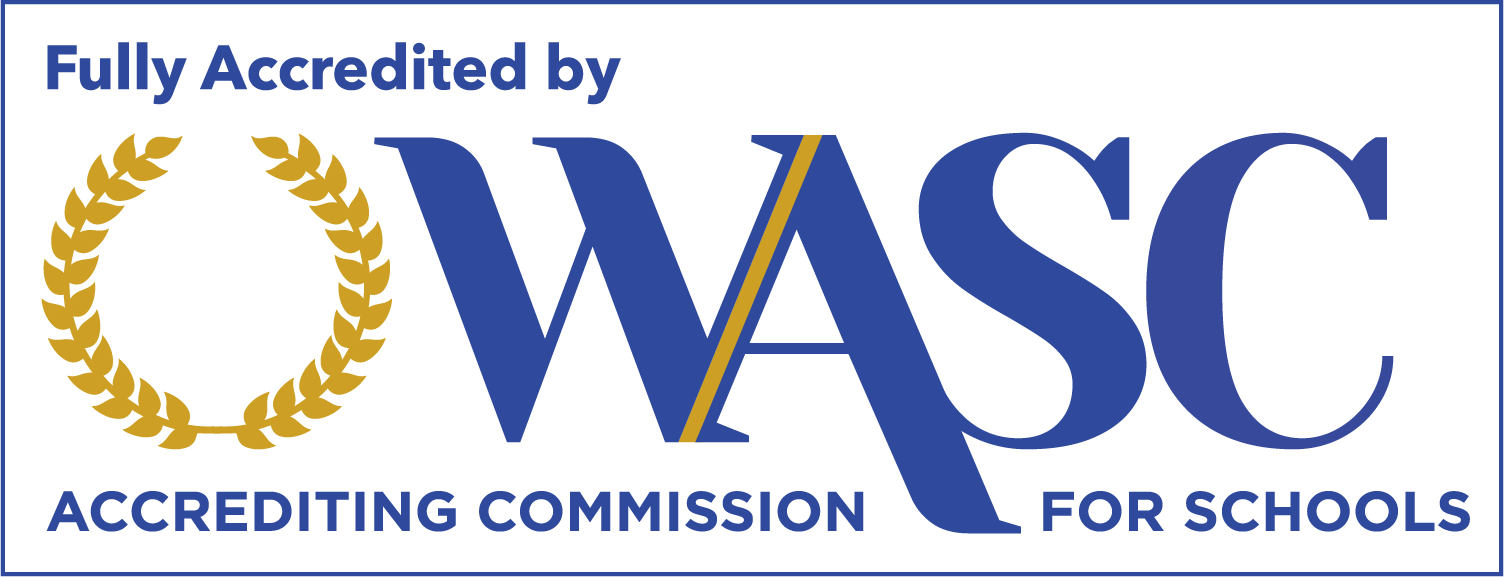How to Tell if Your Child Has Dyslexia
Did you know that more than fifteen percent of the United States population has some symptoms of dyslexia? In addition, it exists on a spectrum from mild to profound.
Dyslexia is a learning disorder that affects millions of children around the world. It is characterized by difficulties in reading, writing, and spelling, despite having normal intelligence.
Early identification and appropriate intervention can make a significant difference in your child’s education and future success. To help you figure out how to tell if your child has dyslexia, we have put together a guide.
Keep reading if you want to find out more.
What Is Dyslexia?
Dyslexia is a neurodevelopmental disorder that affects reading ability.
It is difficult for dyslexic children to accurately and fluently decode written words. They often have normal and above-average intelligence and adequate educational opportunities.
Those with dyslexia might struggle with reading comprehension and spelling. It also might be challenging for them to express themselves in writing and to write down numbers.
Dyslexia is not caused by a lack of intelligence or by vision problems. Experts believe that the condition results from neurological differences, especially in relation to language processing. It is a lifelong condition and affects different people in different ways. Some people’s symptoms are more severe than others.
You can help your child get the support she or he needs if you can identify the condition as early as possible.
Challenges With Learning New Words
Many dyslexic children struggle with phonological awareness. This relates to how people understand the sounds and syllables that makeup words.
This means that children often struggle when it comes to learning new words. It will also be difficult for them to read and spell.
Phonological awareness is an important aspect of language development. It is also a strong predictor of future reading success.
Children with phonological awareness difficulties may have trouble breaking words down into individual sounds. They might also find it difficult to blend sounds to form words.
Interventions that focus on phonological awareness and language development can help dyslexic children overcome some of the challenges they face.
This will help them to build a strong foundation for future reading success.
Reversing Sounds
Reversing sounds is a common symptom of dyslexia in children.
This is when children reverse letters, numbers, or words when reading or writing. For example, a child with this symptom may read “dog” as “god” or write “was” as “saw.”
Reversing sounds can be a frustrating and confusing experience for children. I can also significantly impact their reading and writing abilities.
It is important to remember that this is a symptom of dyslexia and not a reflection of a child’s intelligence or effort. If you have been wondering “how to help my child with dyslexia,” there are several things you can do.
One of the most effective ways is by providing them with extra support. This may include working with a reading specialist or tutor. You can also make use of special software or apps designed to support reading and writing.
Getting Behind in School
Children with dyslexia might make slower progress in school compared to their peers. However, slow progress in school can also be caused by other conditions.
This might include attention deficit hyperactivity disorder (ADHD), language disorders, or visual processing difficulties.
To determine if slow progress in school is due to dyslexia or another condition, you should seek a professional assessment. This might include testing their phonological awareness, memory, and language skills.
Your child’s teacher or school may also be able to provide additional information that can help with this assessment. You should also consider asking if they have suggestions for how to test a child for dyslexia.
You should also understand that there are various ways to help a child with dyslexia who also struggles with anxiety
Low-Self Esteem
Self-esteem can play a significant role in a child’s ability to succeed in school. This can be particularly true when they’re trying to complete language-based tasks.
Since they tend to perform more poorly than their peers when it comes to spelling and writing, dyslexic children often have low self-esteem. This, in turn, can impact their motivation.
Children with dyslexia might even be singled out by peers. And teachers might place them in lower-level classes further damaging their self-esteem.
To support your child, you should take action to create a supportive learning environment. You should also consider finding out about schools for dyslexia.
These schools tend to focus on building self-esteem and confidence in their students. They also provide specialized instruction in reading, writing, and spelling.
In these schools, teachers work to create a supportive environment where children with dyslexia can feel valued.
Problems With Recalling Names
Children with dyslexia might struggle with memory and recall, which can include difficulty recalling names.
For example, a child with dyslexia may forget the names of classmates. They also might not remember their teacher’s or family member’s names.
It can be difficult to know if this is a normal lapse in memory or a symptom of dyslexia. If the difficulty is persistent, it may be a sign of dyslexia.
How to Tell if Your Child Has Dyslexia
Dyslexia is more common than most people realize. This is why it is helpful to know how to tell if your child has dyslexia.
Children with dyslexia often struggle to pronounce and learn new words. They also might reverse sounds and start getting behind in school. This condition might even cause your child to have poor self-esteem.
Are you ready to enroll your child in a school for dyslexia? If so, Read Acadamy of Sacramento can help you. Don’t hesitate to contact us to get started today!




